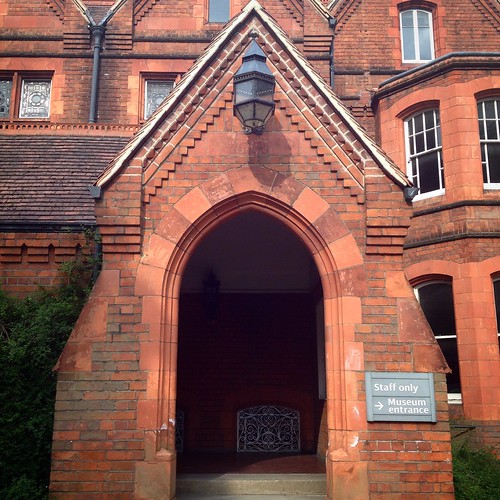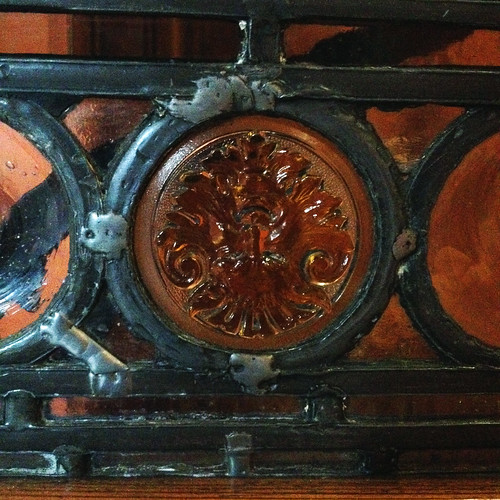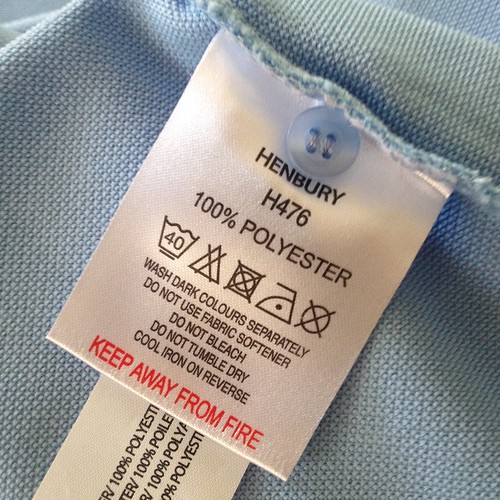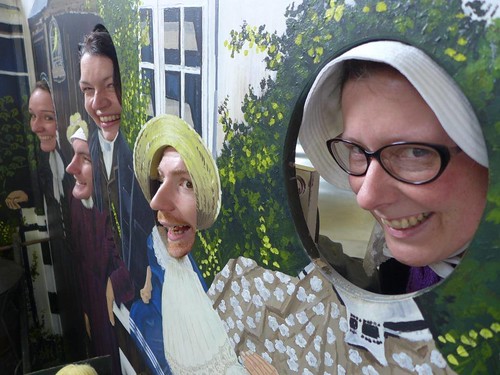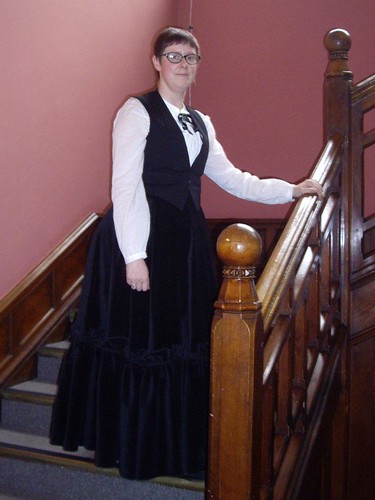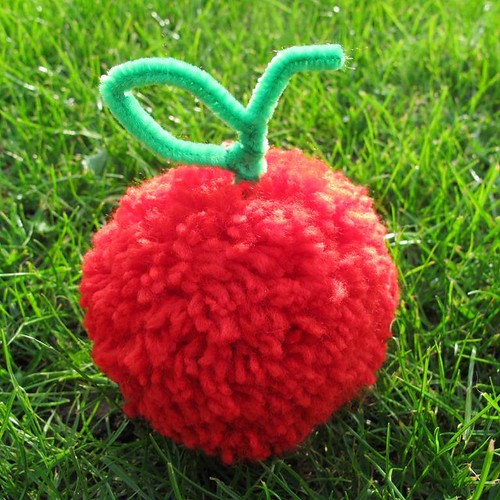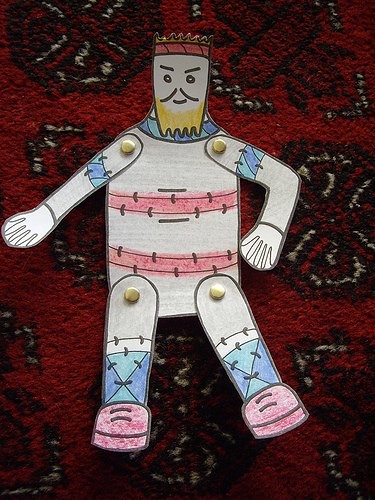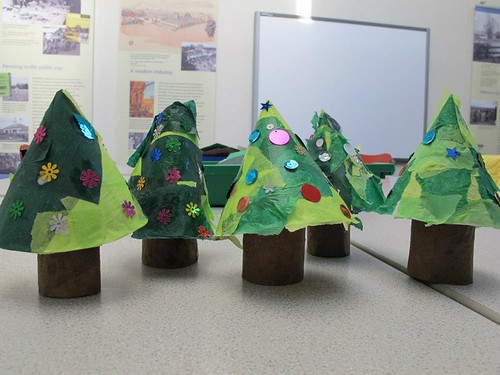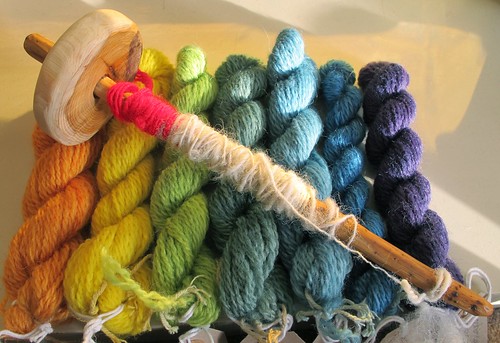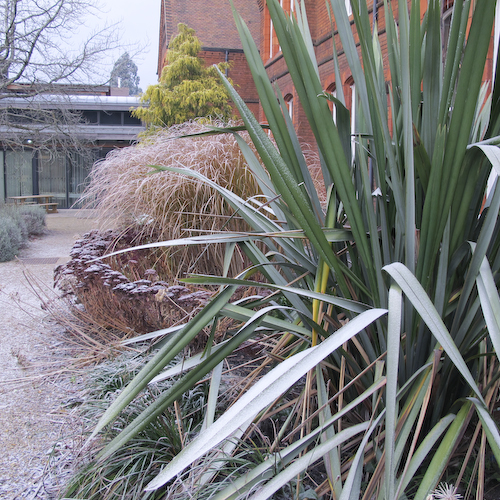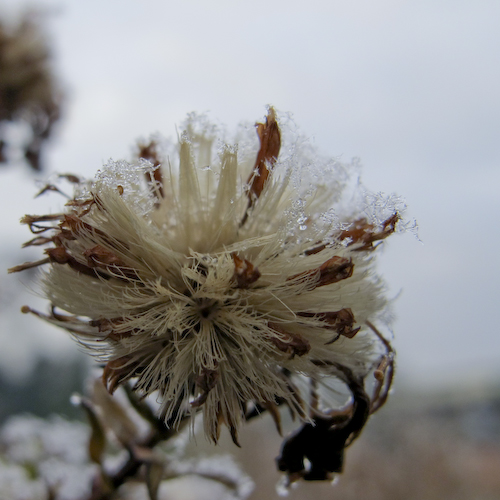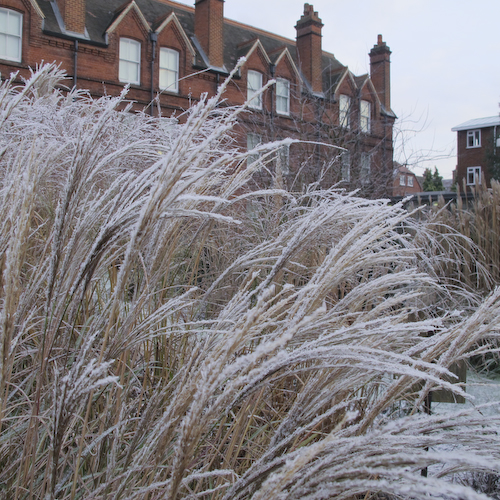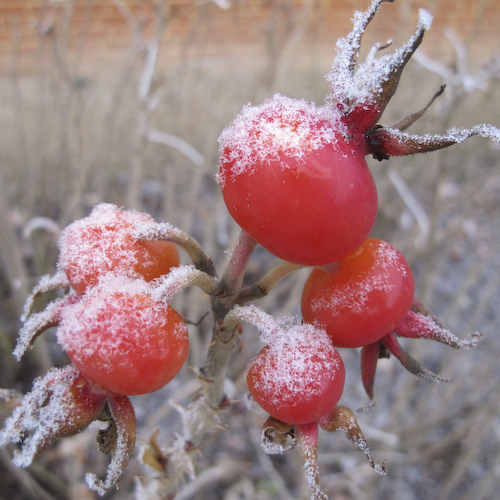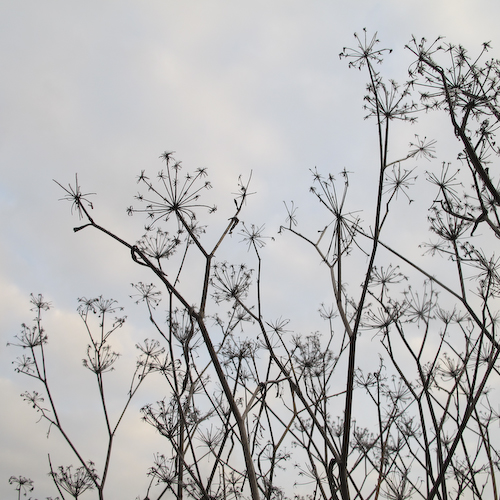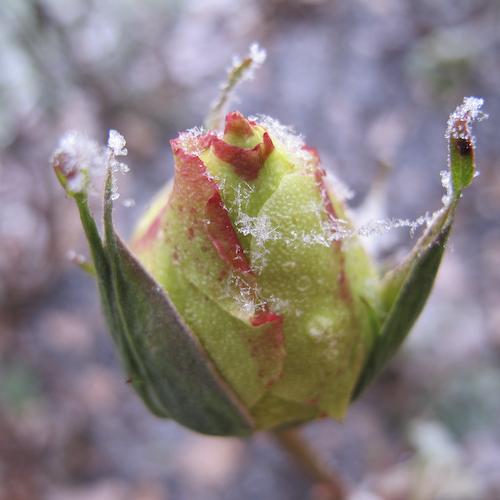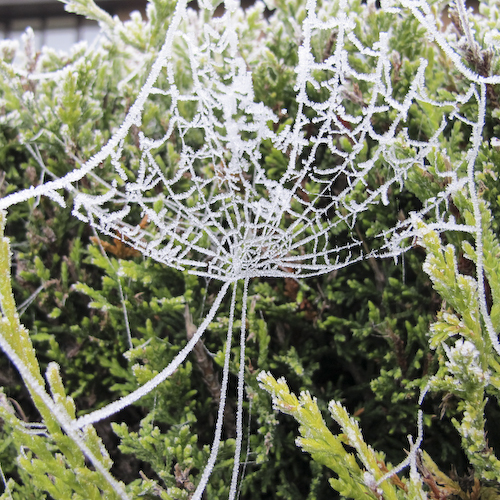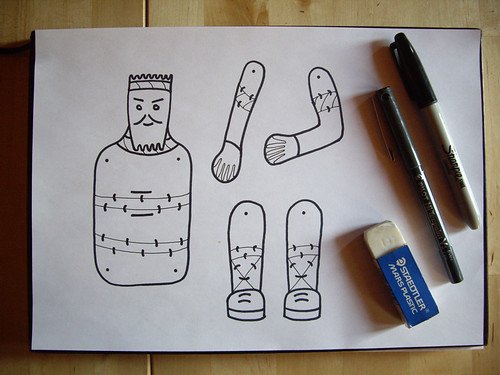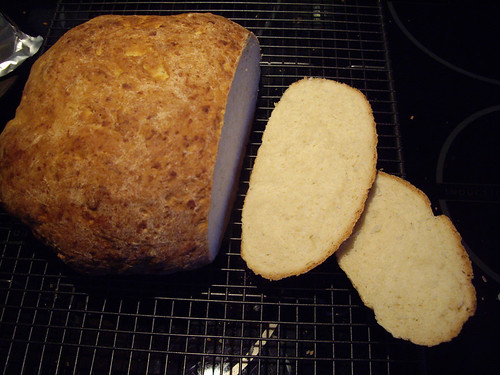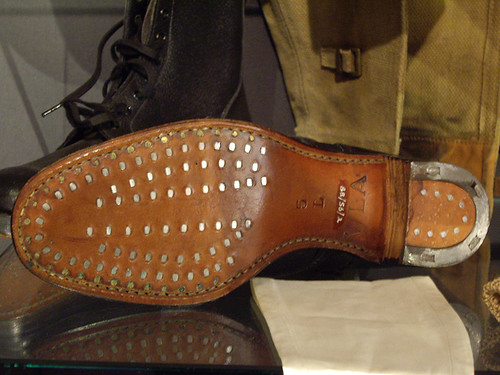
Good grief. I started this blog on the 13th of March. It’s been sitting in the “drafts” folder all this time, and the exhibition finishes at the weekend!
UPDATE! The exhibition has been extended, and it’s now running all the way through to the 27th of October!
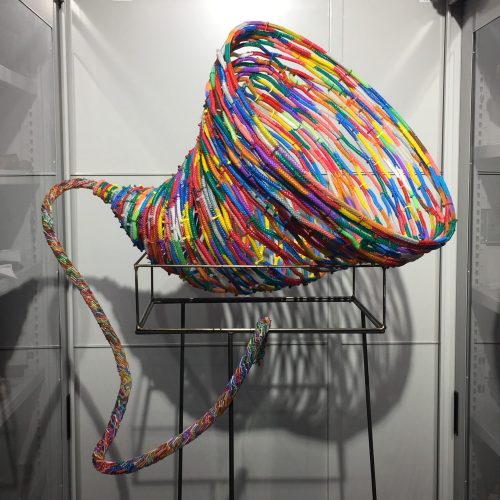
According to the brochure, “Maria McKinney’s Sire is an innovative exploration of selective breeding and genetics in contemporary cattle farming”. It’s also a fascinating juxtaposition with The MERL‘s own collections, both in terms of the methods used to create the sculptures, and the way that they’re displayed alongside one another.
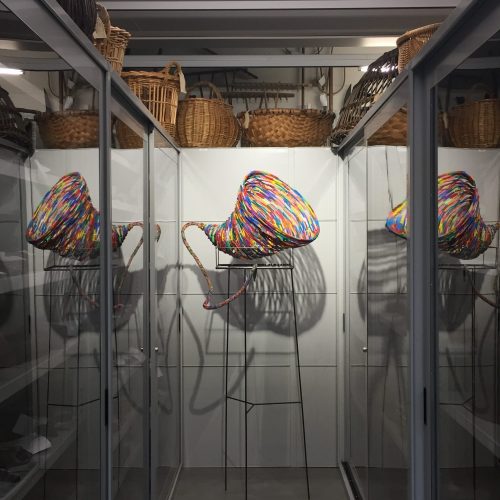
I took quite a lot of photos of the sculptures, all of which are made using the plastic straws that are used to store semen during the breeding process. This one, which is my personal favourite, is titled “Environmental Footprint / Cornucopia”. I absolutely love the contrast of its visual relationship with the basket work of various types that are stored above it, as well as its reflections in the glass doors on either side of the space.
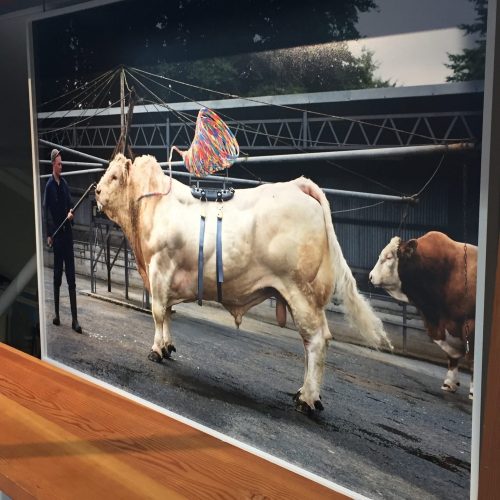
This oddly-angled photo does no justice at all to the main part of the exhibition, which is nine enormous photographs depicting bulls wearing the sculptures. They represent the different qualities that are considered desirable to breed into modern cattle, whether that’s increased milk production, climate resilience, or lack of horns. The best way to see these images at their full scale is quite simply to rush down to The MERL and have a look at them!
Both the images and the sculptures are displayed in The MERL’s first floor mezzanine space, which is also home to their strawcraft collection and their collection of livestock portraiture. Being able to see both the museum collections and the art exhibition in the same space enables the viewer to clearly see how studying these objects and paintings has been influential in the development of McKinney’s artwork.
I could happily waffle on about the juxtapositions of modern plastics versus natural materials, and the stark contrast between the lush green fields of the animal portraits and the heavily industrial surroundings of McKinney’s bulls… but honestly, if you’ve got time this week, I heartily recommend that you pop on down to The MERL and have a look!


